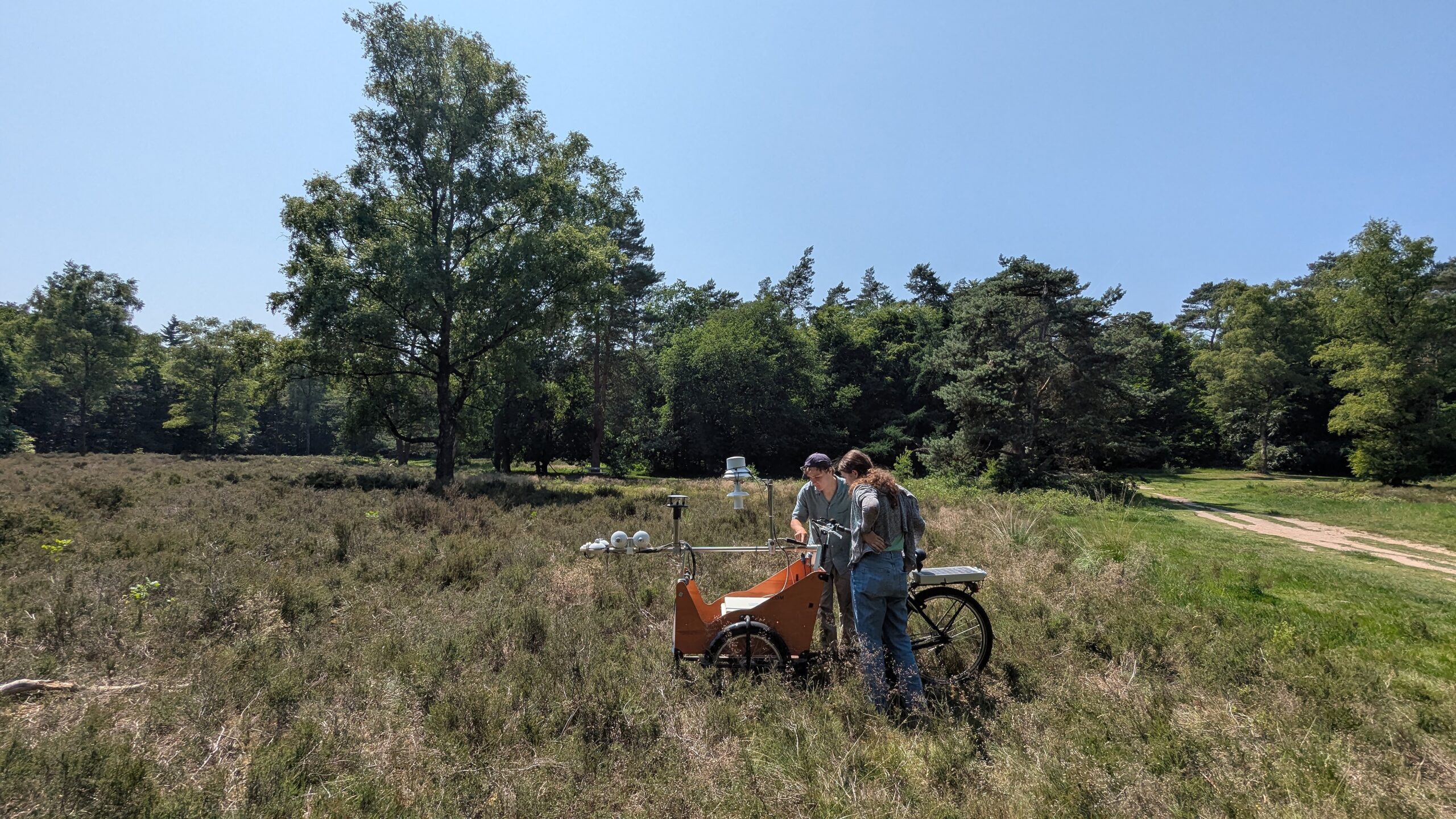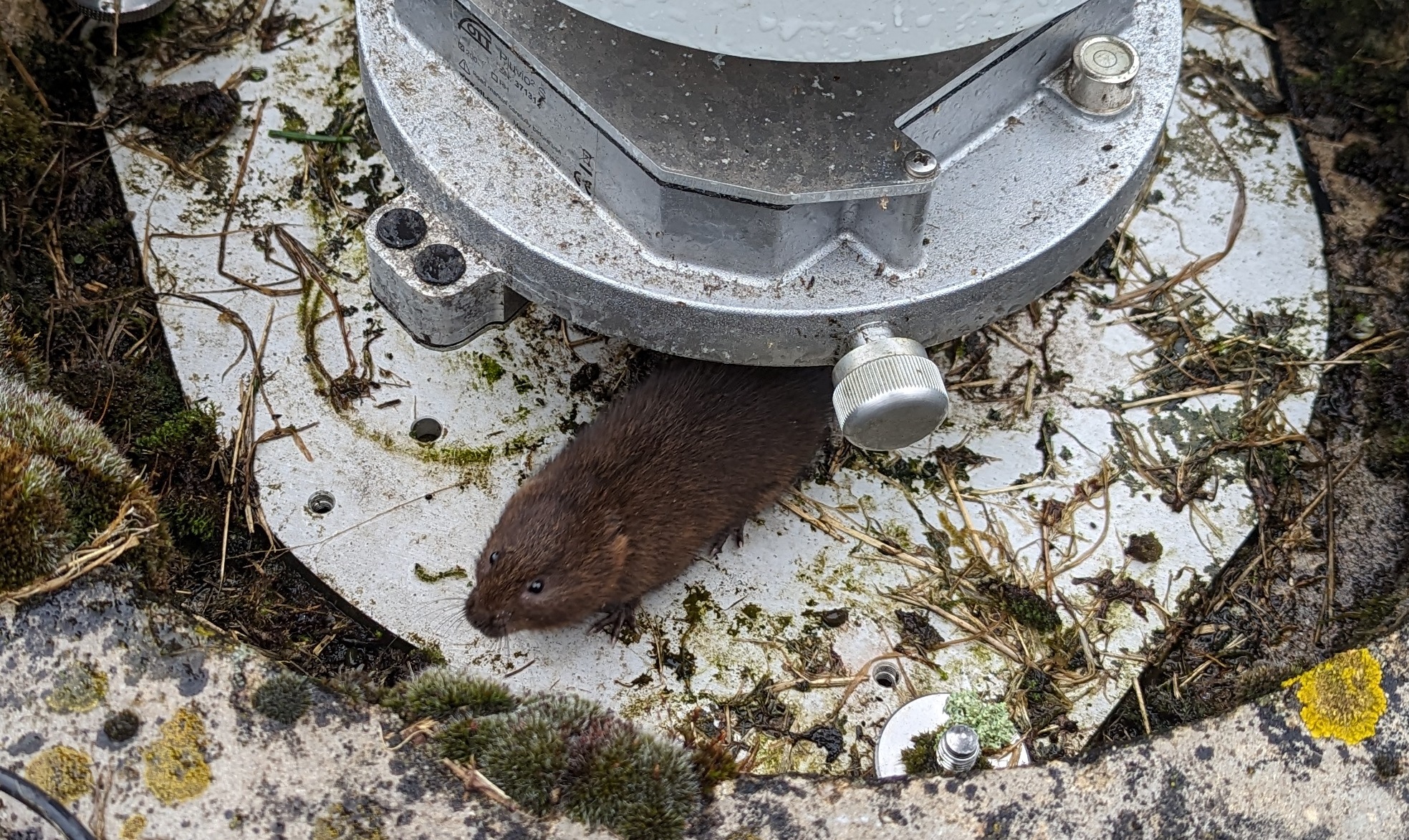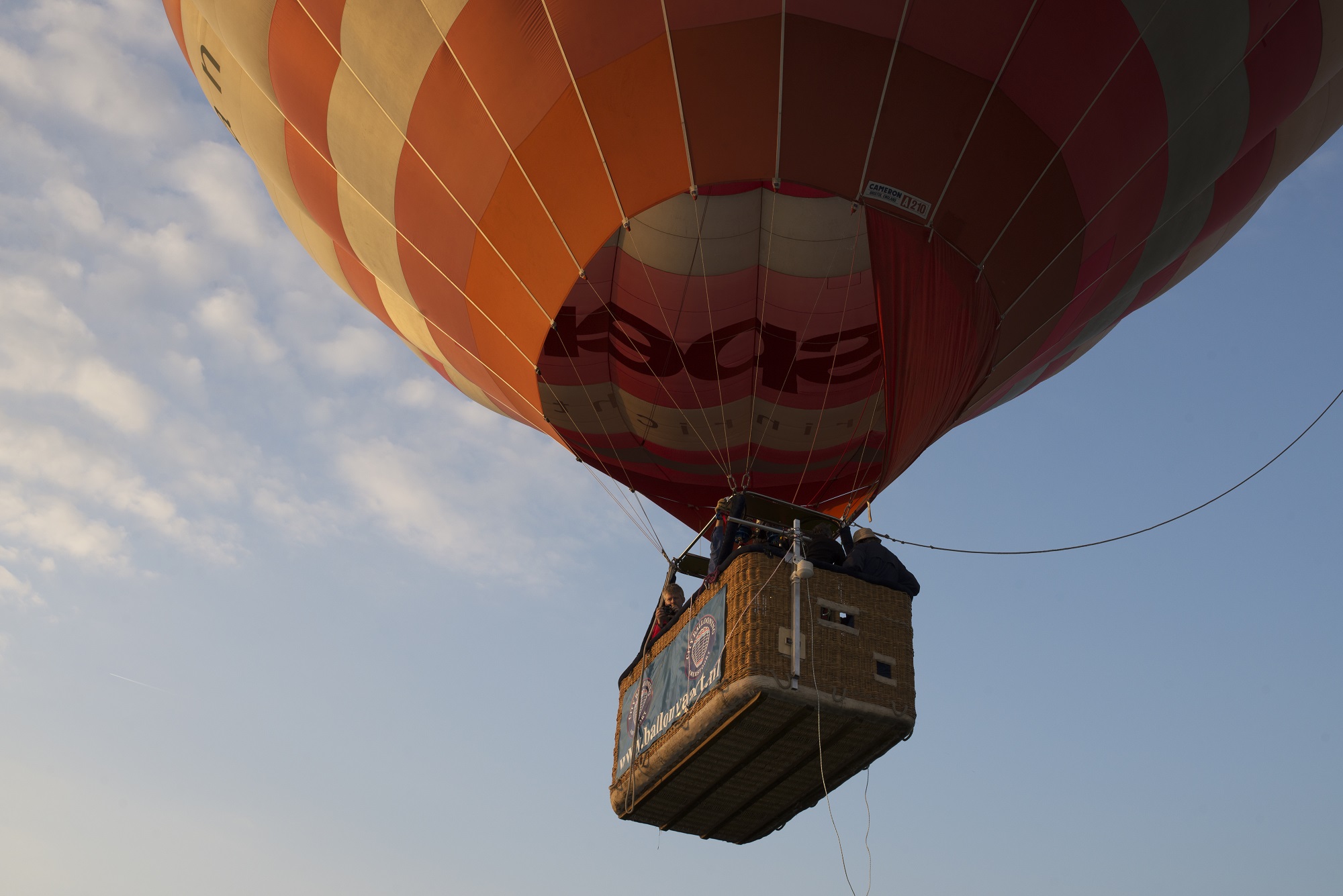Brian Verhoeven, a masters’ student Earth & Environment, enjoys a thrill. In his free time, he chases thunderstorms. A proper thunderstorm is irresistible to him. In addition to his love for extreme weather conditions, he also focuses on the study of wildfires. He has just returned from a three-week stint in Catalonia, where he joined the local fire brigade fighting wildfires.
Verhoeven studies convective weather. This is a type of weather determined by the rise of hot air, he explains. Thunderstorms, for example. For his thesis, he combines meteorology and wildfires. The link is obvious: wildfires cause a significant amount of warm air, which rises up. In extreme cases, this may cause the formation of pyro-cumulus clouds.
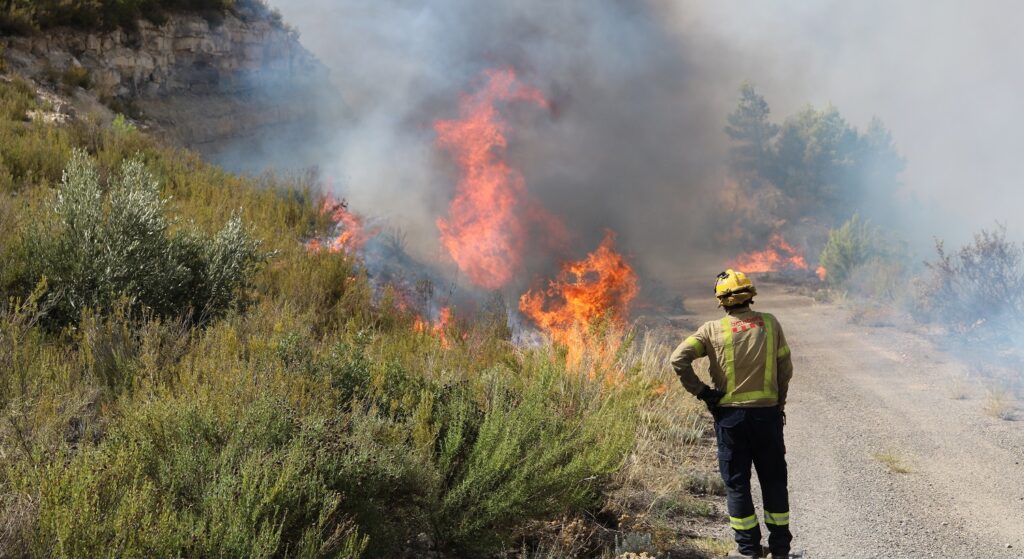
This dangerous type of cloud forms when the hot air from a fire rises up and cools. Verhoeven: ‘Part of the cloud may evaporate through contact with the dry air, which causes the air to cool even further. The cloud becomes heavy as a result and plummets to the earth. Once at the surface, the air has no other option than to spread in a horizontal direction.’
Gusts of wind
This falling airflow may cause an abrupt change in the wind direction or unexpected gusts of wind. This may negatively impact the efforts to fight wildfires or even endanger the firefighters. Unfortunately for Verhoeven, he narrowly missed this natural phenomenon when he arrived in Catalonia at around midnight on 25 July.
‘At the time, there was a large fire in Catalonia’, he says. ‘I travelled directly from the airport to the fire department’s command centre, close to the fire. That evening, a pyro-cumulus nimbus cloud was reported, the pyro-cumulus cloud’s big brother, so to speak. I missed it by a couple of hours.’
I walked around in temperatures of 43 degrees Celsius. The situation was deteriorating rapidly
Brian Verhoeven, masters student Earth & Environment
After that, there were some weeks of relative calm, as far as the fires go. ‘But, in my third week in Spain, the heat and dry air that had impacted Turkey and Greece in the previous weeks entered Spain. I walked around in temperatures of 43 degrees Celsius. The situation was deteriorating rapidly, and I saw multiple wildfires.’
New knowledge
From a safe distance, though. ‘I am no firefighter. I’m a meteorologist. But I did feel the light spray of the firefighting aircraft.’ And, there was much that he gained from this experience. ‘A whole lot of new knowledge, on reading the landscape, for example. For wildfires, fuel is the key factor. Fires start with whatever is lying around on the ground.’
Verhoeven is now certain that he wants to continue in this field. ‘There is so much work to be done. The basic principles of how pyro-cumulus clouds form are known, but there is still a lot we don’t know.’ Whether this will result in a PhD trajectory is uncertain. ‘I intend to do a minor in Education and a six-month internship at a middle school nearby. That will conclude my master’s. What I do next remains to be seen.’

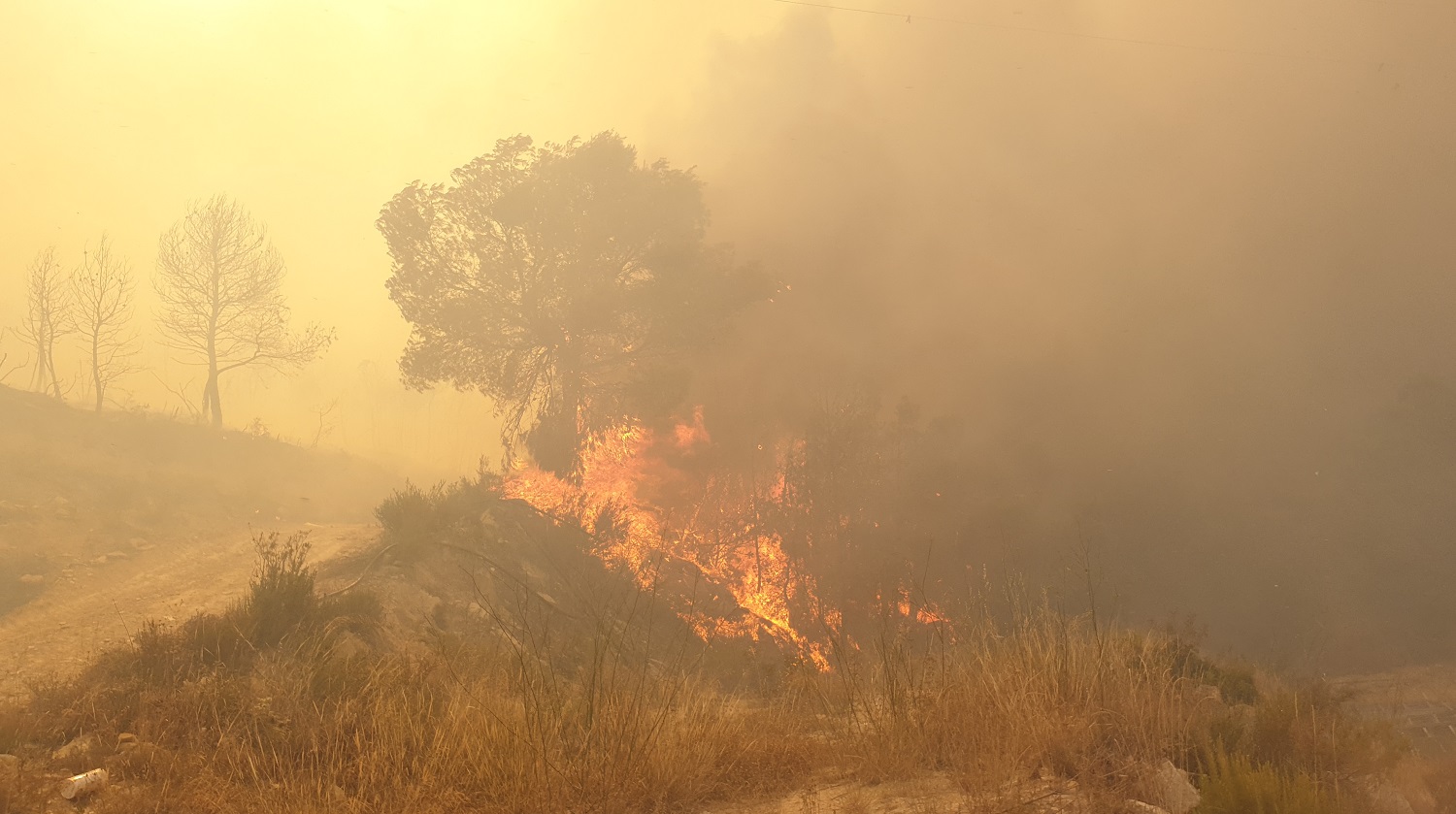 Photo Brian Verhoeven
Photo Brian Verhoeven 